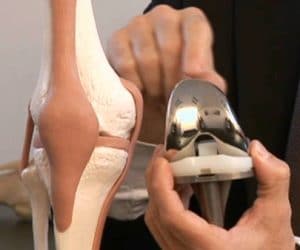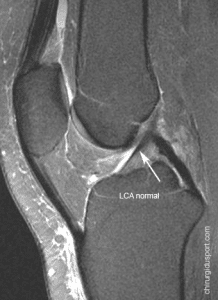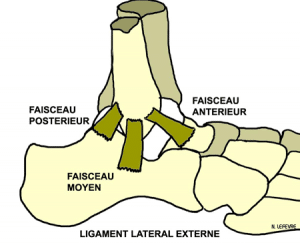General principles
A total hip replacement is in place to replace a diseased hip joint of. Various causes can be altered to the operation thereof. The purpose of this article is to explain the technical principles and issues of the establishment of a hip prosthesis.
What pathologies of the hip can be treated by the establishment of a total prosthesis?
The most common disease is osteoarthritis of the hip called coxarthose. It can be familial, post traumatic osteonecrosis secondary to hip dysplasia and degenerative. In young subjects, ie less than 50 years in hip surgery, the femoral impingement about the sport is frequently found a cause. Fractures of the femoral neck can be treated by the implementation of total hip replacement and more rarely, inflammatory hip arthritis (RA) or microcrystalline origin (gout)
How is the diagnosis of hip osteoarthritis?
This is a clinical and radiological diagnosis. Pain, lameness and stiffness are the main complaints of patients. Hip pain arises in the groin, or buttock, radiates to the knee. Attention, it is not uncommon that the pain begins in the knee. It’s a pain that increases in walking, when climbing stairs, rough terrain and when the boot. We must differentiate the pain that comes from the back and radiates to the thigh or a knee pain. On physical examination, pain was found in knee hip flexion facing the other leg.
Radiographs of the pelvis and hip show signs of osteoarthritis of the hip joint: osteophytes, subchondral cysts, foreign bodies or narrowing of the joint. You may need to do other tests like CT arthrography to identify cartilage or labral lesions or MRI to look for osteonecrosis.
When to have an operation?
A hip replacement is a procedure that allows to remove the hip pain. But this is a final and irreversible act. And wait a functional benefit and not vital.
The main limiting factor is the technical limited life of a prosthesis, today between 15 and 25 years. This duration varies with the patient’s age and activity of the patient and the type of implant. Once the diagnosis of osteoarthritis, the impact of pain, lameness, which, when it becomes a handicap determines the time for surgery. In fact, every patient has a specific notion of disability and equal radiography, ie equal osteoarthritis aspect, the feeling is different. This decision should be taken after a period of reflection, following the meeting with his surgeon.
Doctor Yoann BOHU, Doctor Serge HERMAN. – 30 octobre 2013.



